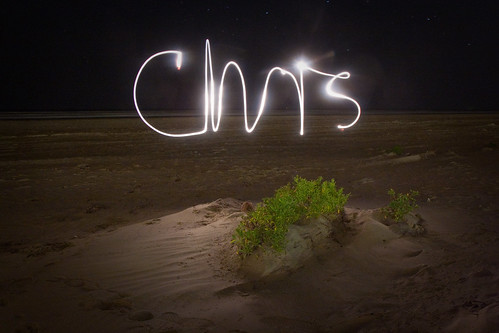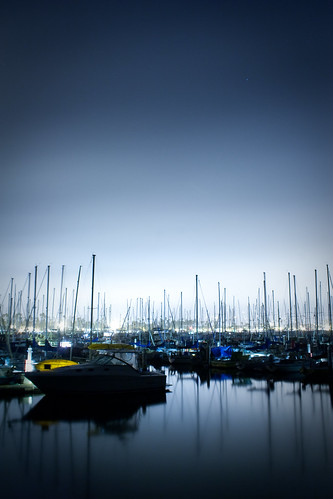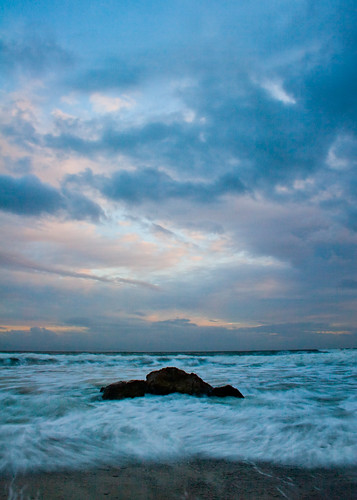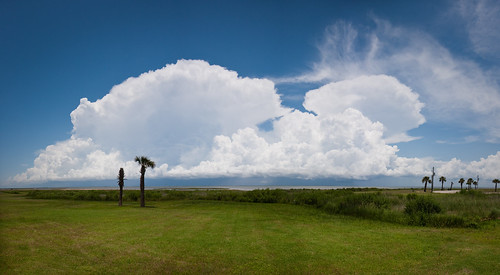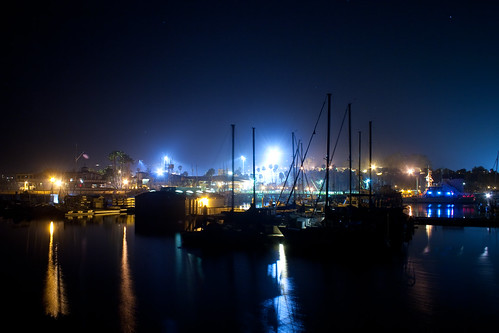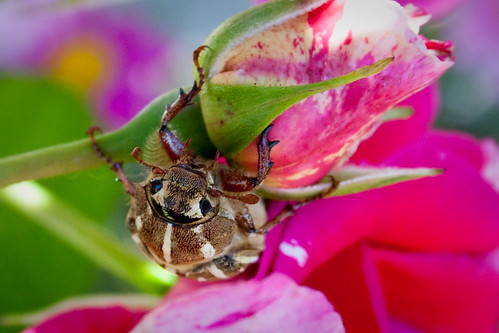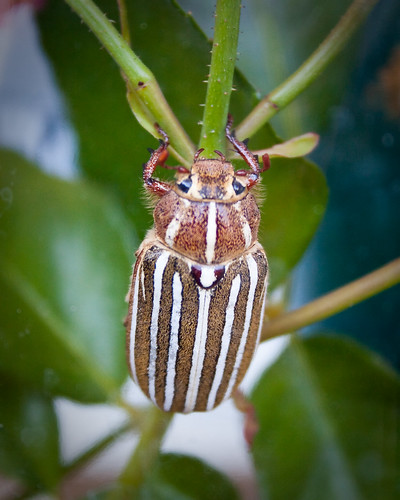I made an interesting discovery today that's left me feeling a little cheated. As Jess and I have felt our way through editing over the past five years, one thing we've learned is that you have to be careful with saturation. It's great to have your colors "pop", but you can easily overdo it--the colors start to bleed and you start losing detail and variation of tone. So, as a sort of rule, I never push the saturation very far, in either my photographs of people or my landscapes. I'm realizing that was a mistake, at least for my sunset shots.
This past week I started to create a Flickr gallery of seascape images that inspire me so that I can spend some time pulling them apart and learning from them. One of the things I've realized so far is that a lot of the great sunsets on Flickr are
heavily saturated, and it's even pretty clear that detail has been lost in the sky for the sake of emphasizing those dramatic colors.
So I grabbed one of my recent photos, and pushed the saturation slider farther. It looked pretty good! So I pushed it farther. Even better! I pushed it
all the way to +100, and it looked
awesome.
Check out the before and after. The 'before' is how it looked when I originally posted it last week. I had boosted the saturation some, but only to about +23. Also, since I was spending some more time on it today, I tweaked the exposure some and brought up the foreground--so look at the difference in the sky more than the difference in the water and sand.

Move your mouse over the image to see the change
I can't believe that something so simple has eluded me for so long!
One thing that may be worth noting is that I always shoot in RAW format, and this may have been important in allowing me to push the saturation so far. We always shoot RAW because Lightroom makes it so easy--it's essentially transparent to us that the images are RAW and not JPEG.
I'm looking forward to sharing more about the Flick gallery when it's finished. I think the other thing that's become very apparent already from assessing others' work is that my shots are underexposed. I've got to fix that next time I go out!
